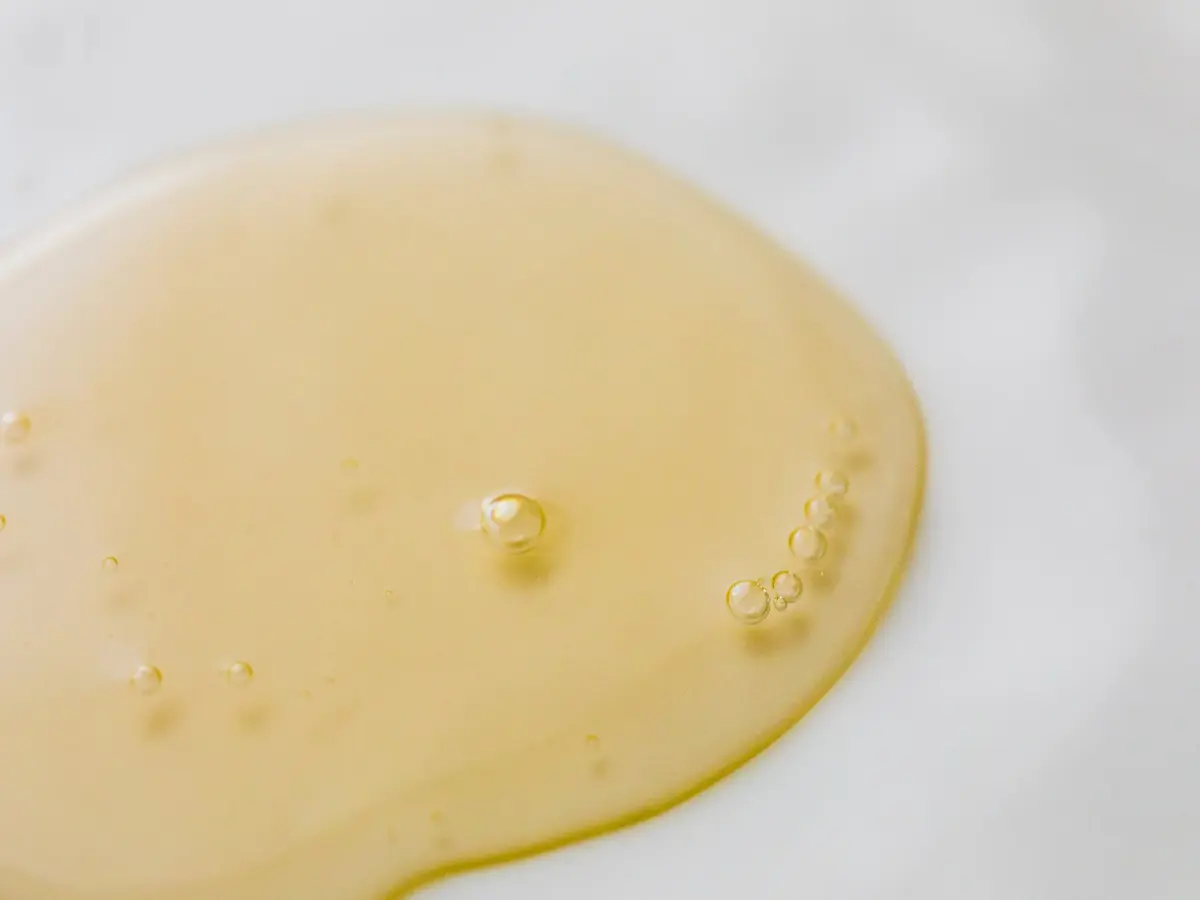Learn classification of lipids in biochemistry. Lipids are broadly classified into 3 groups those are discussed below.
What are lipids?
Lipids are the organic substances relatively insoluble in water but soluble in organic solvents (alcohol, ether).
These are heterogeneous group of compounds but, unlike the polysaccharides, proteins and nucleic acids, lipids are not polymers. The monomers or building block of lipids are called fatty acids. Some examples of lipids are fats, oils, waxes, cephalin etc.
What are fatty acids?
Fatty acids are building blocks or monomers of lipids which contain hydrocarbon chains with a carboxyl group. Examples palmitic acid (saturated) and oleic acid (unsaturated).
Classification of lipids
Lipids are broadly classified into simple, complex, derived and miscellaneous lipids, which are further subdivided into different groups.
What are simple lipids?
Simple lipids are a class of lipids composed of fatty acids and an alcohol. These are mainly of two types,
- Fats and oils (triglycerides).
- Waxes.
Fats and oils: Fats and oils are type of lipids composed of fatty acids and glycerol. Fats are solid at room temperature (e.g., butter), while oils are liquid (e.g., olive oil).
Waxes: Waxes are simple lipids with long-chain of fatty acids and alcohols (without glycerol). These alcohols may be aliphatic or alicyclic. Cetyl alcohol is most commonly found in waxes. Waxes are used in the preparation of candles, lubricants, cosmetics, ointments, polishes etc.
What are complex or compound lipids?
These are the molecules where lipids are formed by linked with other types of chemical groups (phosphate, nitrogenous base, carbohydrate, protein). They are further divided as follows.
1) Phospholipids
These are containing phosphoric acid and a nitrogenous base. They are further subdivided into following.
a) Glycerophospholipids: These are a subclass of phospholipids containing glycerol, fatty acids, phosphate, and a polar head group. For examples, lecithin, cephalin.
b) Sphingophospholipids: These are a subtype of phospholipids which contain sphingosine, a fatty acid and a phosphate group. For example, sphingomyelin.
2) Glycolipids
These lipids contain a fatty acid, carbohydrate and nitrogenous base but glycerol and phosphate are absent. They are also known as glycosphingolipids because the alcohol is sphingosine. For examples, cerebrosides, gangliosides.
3) Lipoproteins
Lipoproteins are the complex lipids contain proteins and lipids that transport fats in the bloodstream. Examples include low-density lipoprotein (LDL) and high-density lipoprotein (HDL).
Low density lipoprotein: This is a type of lipoprotein which transports cholesterol and triglycerides from liver to cells throughout the body. This is also known as bad cholesterol because high levels of LDL in the blood increased the risk of atherosclerosis and cardiovascular diseases.
High-density lipoprotein (HDL): This is a lipoprotein that transports cholesterol from tissues to the liver. These are good cholesterols because this reduces cardiovascular risk and remove excess cholesterol from the bloodstream.
Other complex lipids are sulfolipids, aminolipids and lipopolysaccharides. These molecules serve critical functions in cellular structure, signaling and metabolic processes.
What are derived lipids?
These are the lipids obtained from the hydrolysis or modification or breakdown of complex lipids.
For examples, glycerol and other alcohols, fatty acids, mono-and diacylglycerols, lipid (fat) soluble vitamins, steroid hormones, hydrocarbons and ketone bodies.
What are miscellaneous lipids?
These are a large number of compounds with the characteristics of lipids e.g., carotenoids, squalene, hydrocarbons such as pentacosane (in bees wax), terpenes etc.
Also read What are lipids? What do you mean by esters of fatty acid?.
FAQ’s
What is monomer of lipids?
Lipids are generally containing repeating units of fatty acids and glycerol. But the basic building blocks or monomer of most of the lipids are fatty acids.
What is the polymer of lipids?
Unlike proteins, nucleic acids and carbohydrates, lipids do not form polymers.
Why do lipids not have polymers?
Lipids do not form polymers because of their structure and non-repeating monomeric structure.
What do lipids do?
Lipids play various functions, including energy storage, membrane structure and signaling in cells.
Are lipids hydrophobic?
Lipids are hydrophobic because they have nonpolar hydrocarbon chains in their molecular structure, which repel water.
Where are lipids made in the cell?
Lipids are primarily synthesized in the endoplasmic reticulum (ER) of eukaryotic cells.
What are the elements of lipids?
Lipids elements are carbon, hydrogen and oxygen, but some types containing phosphorus.
How lipids are digest?
Lipid digestion primarily occurs in the small intestine. Some enzymes like lipases, which break down triglycerides into fatty acids and glycerol.
What is the classification of lipids?
These are classified in 4 groups. Those are simple lipids, complex lipids, derived and miscellaneous lipids.
What is the difference between LDL and HDL?
LDL transports cholesterol from the liver to cells and increase cardiovascular risk (“bad cholesterol”). But HDL transports cholesterol from tissues to the liver and reduces cardiovascular risk (“good cholesterol”).
Are steroids lipids?
Yes, steroids are lipids. Steroids have some similarities with other lipids, such as they are hydrophobic in nature.
What are the foods with lipids?
Lipids food include oils, butter, avocados, nuts, seeds, fatty fish (like salmon and mackerel), cheese and meat etc.
Also read What are lipids?

